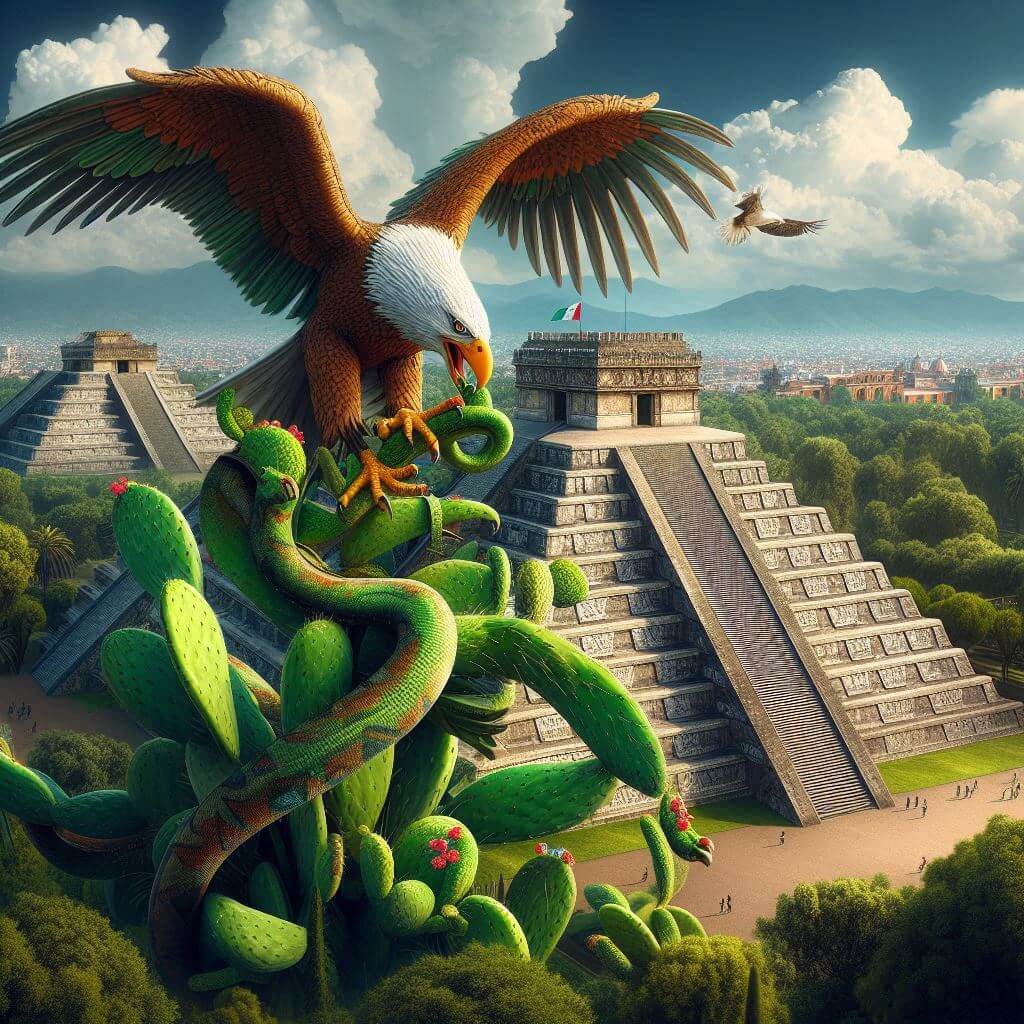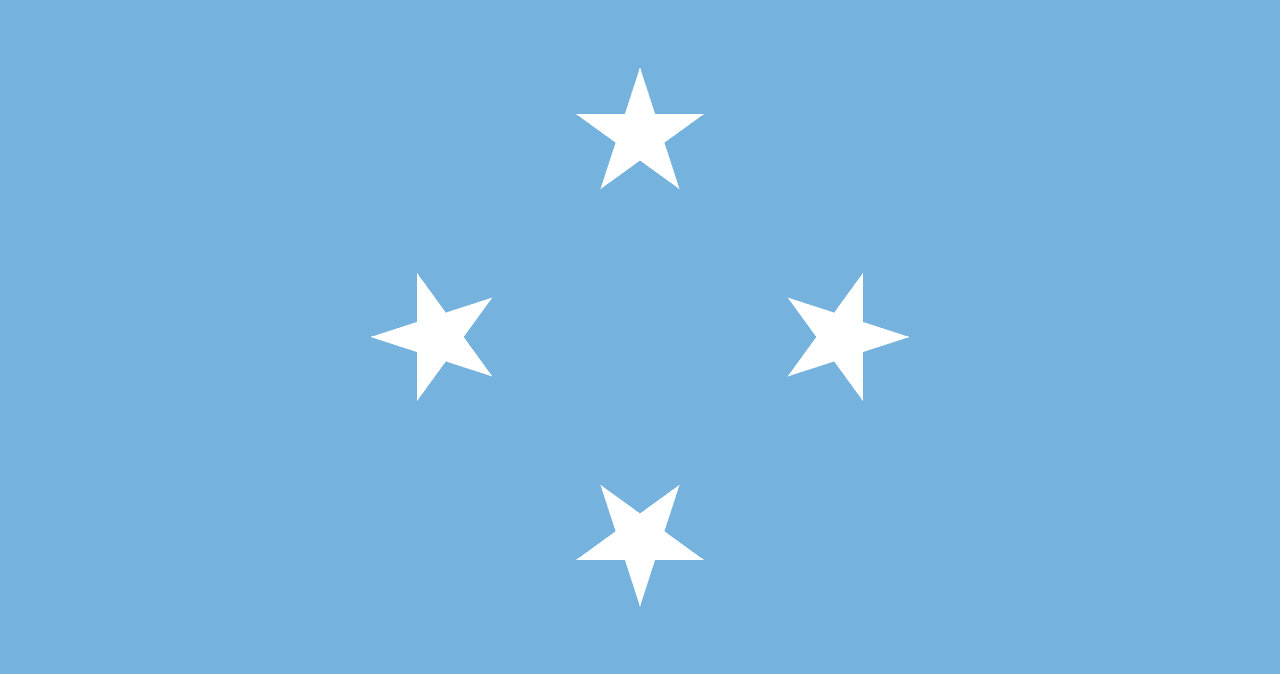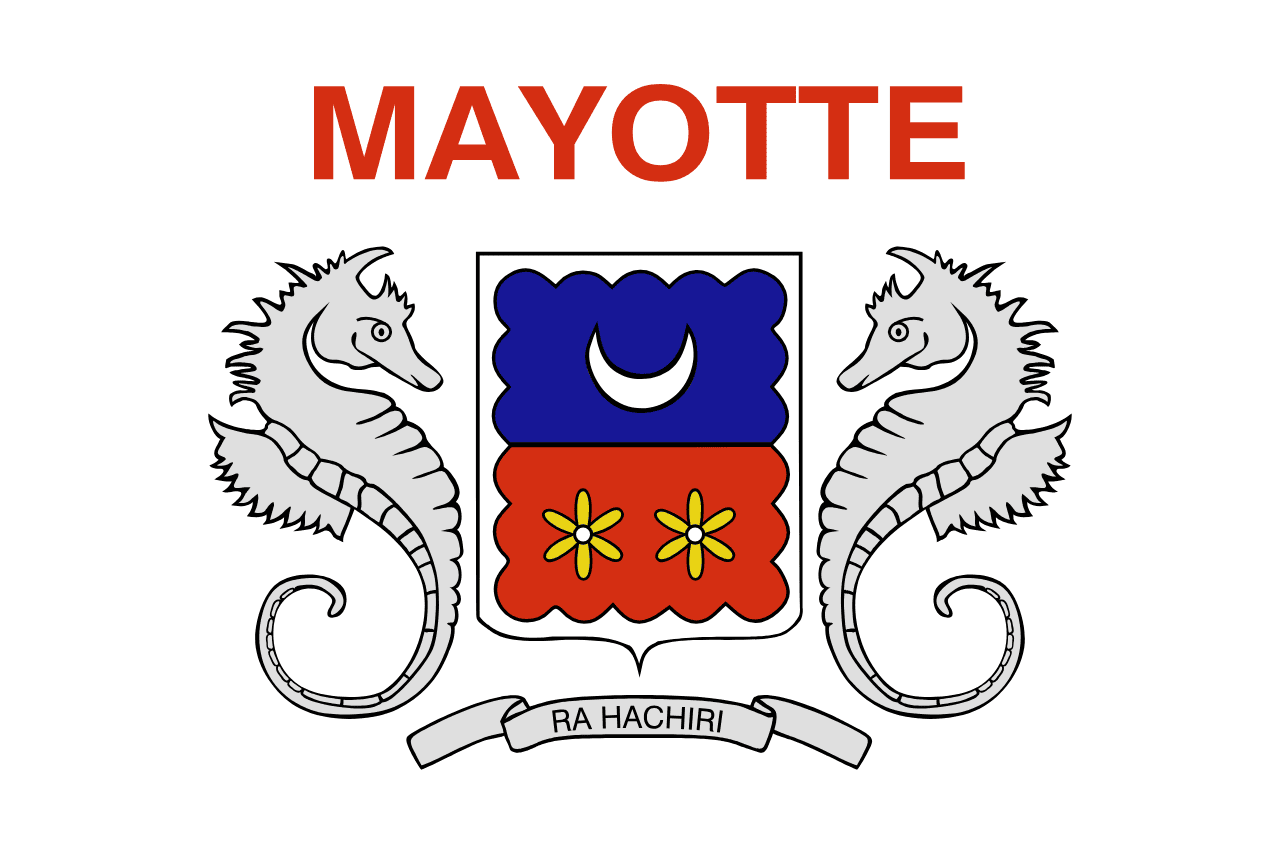The flag of Mexico is a striking tricolor consisting of three vertical stripes: green on the hoist side, white in the center, and red on the fly side. At the heart of the white stripe is the national coat of arms, featuring an eagle perched on a prickly pear cactus, devouring a snake. This intricate design encapsulates Mexico's rich history, cultural heritage, and national identity, making it one of the most recognizable and symbolically rich flags in the world.
Mexico information
| National Flag Day | February 24th |
| Sovereign state | Yes |
| Official name | United Mexican States |
| Capital | Mexico City |
| Population | 131,442,296 |
| Area | 2,142,500 km² |
| Currency | Mexican peso (MXN) |
| Language | Spanish and indigenous languages |
| Continent | North America |
| Region | Latin America |
| Subregion | Middle America |
| Borders | United States, Belize, Guatemala |
| Timezone | Central Standard Time (CST) UTC-6 |
| Calling code | +52 |
| Top-level domain | .mx |
History of the Mexican flag
 The current design of the Mexican flag was officially adopted on September 16, 1968, though its core elements have been in use since 1821. The flag's origins can be traced back to the Mexican War of Independence (1810-1821), where a similar tricolor was used by the Army of the Three Guarantees. Over the years, the flag has undergone several modifications, primarily to the coat of arms, but the basic tricolor design has remained constant, symbolizing the nation's enduring values and aspirations.
The current design of the Mexican flag was officially adopted on September 16, 1968, though its core elements have been in use since 1821. The flag's origins can be traced back to the Mexican War of Independence (1810-1821), where a similar tricolor was used by the Army of the Three Guarantees. Over the years, the flag has undergone several modifications, primarily to the coat of arms, but the basic tricolor design has remained constant, symbolizing the nation's enduring values and aspirations.
The green stripe represents hope and the independence movement, embodying the country's lush landscapes and the promise of a prosperous future. The white stripe signifies the purity of Mexican ideals and the unity among its diverse population. The red stripe symbolizes the blood shed by national heroes in defense of the country's integrity and sovereignty. These colors not only reflect Mexico's revolutionary past but also its ongoing commitment to freedom and national unity.
The national coat of arms at the center of the flag is based on an ancient Aztec legend. According to the myth, the Aztec people were instructed by their gods to build a city where they saw an eagle perched on a cactus, devouring a snake. This vision occurred on what is now the site of Mexico City, linking the modern nation to its pre-Columbian roots.
Symbolism and design of the Mexican flag
The Mexican flag is rich in symbolism that reflects the nation's history, cultural heritage, and aspirations:
- The green stripe represents hope, joy, and the lush landscapes of Mexico. It also symbolizes independence and the country's agricultural wealth.
- The white stripe symbolizes unity, purity of ideals, and peace among all Mexicans, regardless of their diverse backgrounds.
- The red stripe signifies the blood of national heroes, bravery, and the struggle for independence and social justice.
- The coat of arms in the center is a powerful emblem that connects modern Mexico to its Aztec heritage:
- The eagle represents strength and the ability to rise above challenges.
- The snake in the eagle's beak symbolizes evil or enemies being defeated.
- The prickly pear cactus represents the harsh land on which the Aztec civilization flourished.
- The stone islet and water beneath symbolize the founding of Tenochtitlan (modern-day Mexico City).
Usage and significance of the Mexican flag
 The Mexican flag is a powerful symbol of national identity and pride. It is prominently displayed at government buildings, schools, and during official ceremonies. The flag plays a crucial role in fostering a sense of unity and shared heritage among Mexicans, particularly important given the country's diverse cultural makeup.
The Mexican flag is a powerful symbol of national identity and pride. It is prominently displayed at government buildings, schools, and during official ceremonies. The flag plays a crucial role in fostering a sense of unity and shared heritage among Mexicans, particularly important given the country's diverse cultural makeup.
During national holidays, such as Independence Day on September 16th and the Day of the Flag on February 24th, the flag is widely displayed across the country. It also represents Mexico in international forums, sports events, and diplomatic missions, serving as a visual representation of the nation on the global stage.
The flag is treated with great respect in Mexican culture. There are strict protocols for its use, display, and disposal, reflecting its importance as a national symbol. It's also a common sight at protests and social movements, where it's used to express patriotism and the desire for positive change.
Interesting facts about the Mexican flag
- The design of the Mexican flag is based on the tricolor used by the Army of the Three Guarantees during the Mexican War of Independence, representing the guarantees of religion, independence, and unity.
- Mexico boasts a diverse cultural heritage that blends indigenous traditions with Spanish colonial influences, visible in its art, cuisine, and architecture. This cultural richness is symbolized in the flag's design.
- The eagle, cactus, and serpent motif on the coat of arms is derived from the Aztec legend of Tenochtitlan, now modern-day Mexico City, creating a direct link between the modern nation and its ancient roots.
- The specific shade of green used in the Mexican flag has varied over time, from a darker forest green to a lighter lime green, with the current version using a vibrant green that stands out boldly.
- The coat of arms on the flag is different on each side - the front shows the eagle facing right, while on the reverse it faces left, making it one of the few national flags with a different design on each side.
- The Mexican flag is one of the most recognizable in the world, partly due to its distinctive coat of arms, which is one of the most complex designs featured on any national flag.
- The flag has inspired numerous artistic and cultural expressions in Mexico, from murals and paintings to fashion and graphic design, further cementing its place in the national consciousness.





